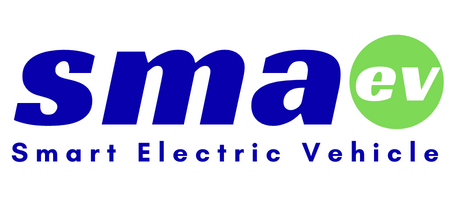As electric vehicle (EV) adoption accelerates, battery safety has become a growing concern. In response, China’s Ministry of Industry and Information Technology (MIIT) recently issued a revised version of the mandatory national standard GB38031-2025, titled “Safety Requirements for Traction Batteries Used in Electric Vehicles.” Dubbed by the industry as the “strictest in history,” the new regulation will take effect on July 1, 2026, aiming to elevate overall EV safety while profoundly influencing the global EV supply chain and logistics practices.
The revision significantly enhances several key safety testing requirements compared to the previous version. One of the most notable updates is the much stricter thermal runaway diffusion test. Under the old standard, batteries were required to issue a thermal warning signal at least 5 minutes before fire or explosion. The new standard, however, mandates that batteries must not catch fire or explode after thermal runaway occurs (though warnings are still required), and smoke emissions must not harm passengers—offering a far higher level of safety assurance.
In addition, the updated standard introduces 17 new safety tests targeting battery packs or systems. Particularly noteworthy is the bottom impact test, which simulates real-world scenarios such as debris or road objects striking the battery during driving. The test demands that battery packs withstand the impact of a 30mm-diameter steel ball at 150 joules of energy without leaking, cracking, catching fire, or exploding, while also maintaining required insulation resistance levels.
Addressing current ultra-fast charging technology trends, the new regulation imposes higher durability standards. For individual cells capable of charging from 20% to 80% within 15 minutes, they must also pass an external short-circuit test after 300 fast charge cycles without igniting or exploding.
According to MIIT, the revision is meant to better guide and regulate the industry. As battery safety improves and new EV technologies emerge, updating standards is essential to align with industry development. Earlier this year, several high-profile EV fire incidents in China, such as the tragic case involving a Xiaomi SU7 crashing and catching fire on a highway in Anhui (claiming the lives of three female university students), have undoubtedly accelerated the push for stricter safety rules.
CATL, the world’s largest EV battery manufacturer, noted that ensuring batteries do not ignite or explode after a vehicle collision requires joint efforts from automakers and battery producers. Zhu Xichan, a professor at Tongji University’s School of Automotive Studies, also emphasized that most EVs globally still use lithium-ion batteries with liquid electrolytes, and internal short circuits—often caused by mechanical damage like crushing or piercing—remain the primary cause of fires.
As the world’s largest EV market, China’s move to implement such rigorous new battery safety standards is set to ripple across the global supply chain. Manufacturers worldwide must adapt their production processes to comply with the updated requirements. Battery component suppliers may need to redesign products, and international transportation practices for EV batteries and components will require closer scrutiny to ensure regulatory compliance. This could lead to stricter quality control and enhanced testing procedures across the supply chain.
To cope with these new regulatory challenges, EV manufacturers and suppliers must reassess their logistics strategies, ensure compliance during international shipments, optimize supply chain routes, and implement robust tracking and documentation systems for battery components. Digital logistics platforms like FreightAmigo can support this transition by offering features such as real-time cargo tracking, automatic compliance documentation, and route optimization—making it easier for businesses to adapt to the new regulatory environment.
In summary, China’s introduction of the “strictest ever” EV battery safety standard is a major step toward a safer and more sustainable electric vehicle ecosystem. While it may pose short-term challenges for the supply chain, it will ultimately build greater consumer trust in EVs and contribute to the healthy development of global electric mobility. Industry players should respond proactively, review current practices, collaborate closely with suppliers, and invest in the necessary technologies and solutions to stay competitive in this new regulatory era.





